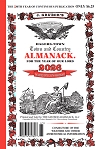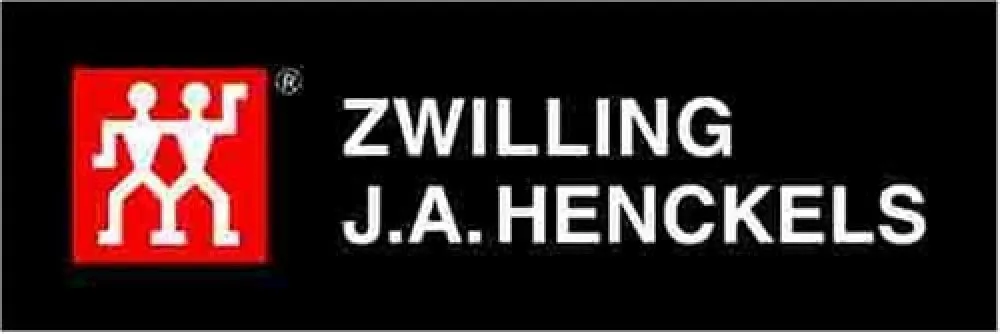John Gruber and The Star Spangled Banner Part 2
T
his now familiar tune, 'To Anacreon of Heaven', was composed by John Stafford Smith in the mid-1770s, was extremely popular among U.S. soldiers, and was often sung quietly after taps. Because of its reference in the Baltimore American printing of the poem on September 21st, clearly it was Key’s intent to have the poem sung to this tune. He had already considered it for his poem, ‘When the Warrior Returns’, written in 1805 in celebration of the return of U.S. soldiers from the First Barbary War (1801-1805). It was in this song that Key first used the ‘star spangled flag’ imagery that was later changed to ‘star spangled banner’ and was to be finally used as the title for his now most famous verse.
Under this name, the song was adopted as the American National Anthem by an Executive Order from President Woodrow Wilson in 1916. Unfortunately, it was relegated to being played only by military bands at military functions until it was formally recognized by Congressional resolution, signed by President Herbert Hoover in 1931.
After 1931, it became common to hear the new anthem played and sung outside of a military context, at such public events as political rallies, community band concerts, sporting events, and the like. It is interesting to also note that Key urged the adoption of ‘In God We Trust’ as our country’s motto, which was part of the anthem’s fourth stanza and, in 1956, it was accepted and adopted into law.
ITS FIRST APPEARANCE AS AN AMERICAN SONG
The first true and detailed account of the poem’s origin was provided by Key himself to his brother-in-law, the Honorable Roger B. Taney, who later went on to become the fifth Chief Justice of the U.S Supreme Court. By his account, Taney stated that Key also shared it with his other brother-in-law, the Honorable Joseph H. Nicholson, who was so impressed that he immediately decided to have it printed on handbills or broadsides, a common method of the day to quickly circulate breaking news and commercial advertising. He took it to the printing offices of Captain Benjamin Edes located on North Street, near the corner of Baltimore Street but because Captain Edes had yet to return from his duties, serving with the 26th Maryland Regiment, the office was closed. Nicholson then went to The Baltimore American, where the words were set in type and printed on September 21, 1814.
Soon after, the poem was printed up on broadsides and, according to some accounts, it spread in every direction like wildfire and in less than an hour, was read and discussed all over the city. Many sources also claim that it was first performed in public only a few days after the broadsides were distributed by Ferdinand Durang, a popular actor of the day. He and his brother Charles came across the broadside while imbibing at Captain McCauley’s Tavern which was next door to the Holiday Street Theater. Being familiar with the tune, Ferdinand stood on an old-fashioned rush-bottom chair and chair and rendered it for the very first time to the approval of a large crowd. The next day, it was performed again by an actress before that evening’s performance at The Holiday Street Theater and many claimed that it was performed before every performance after that.
For more JOHN GRUBER AND THE STAR SPANGLED BANNER, click here


















